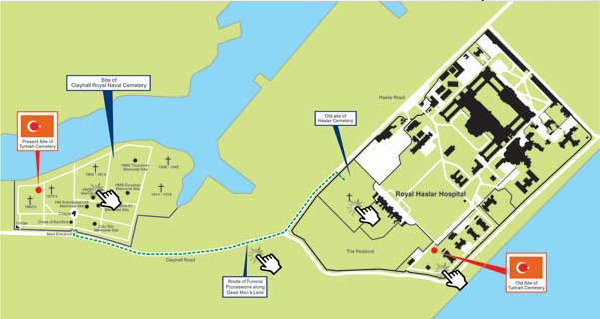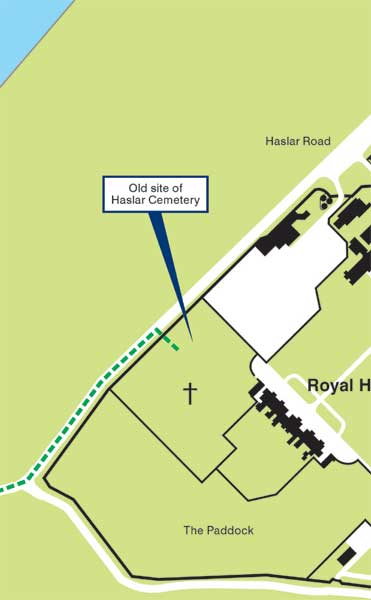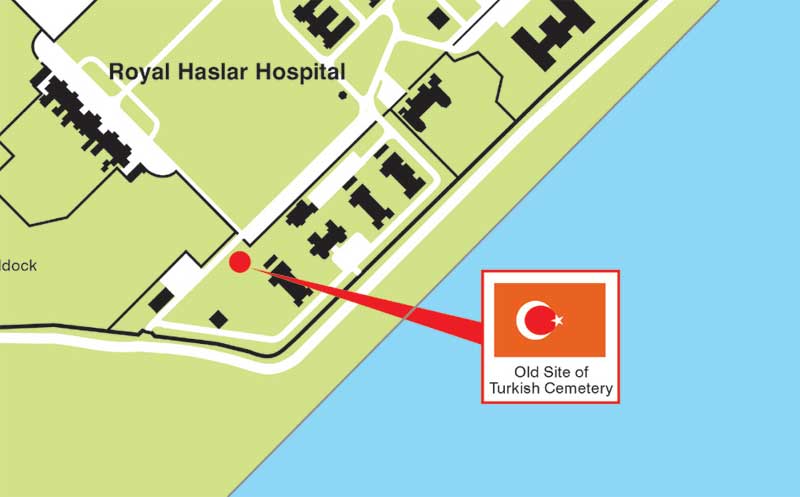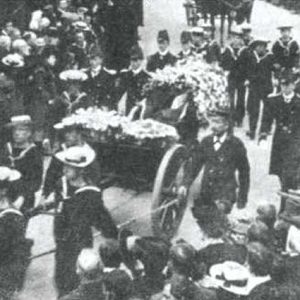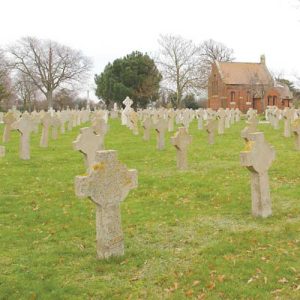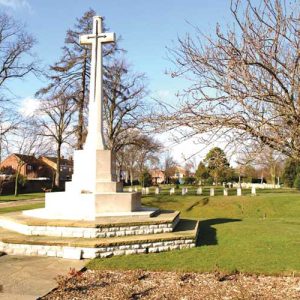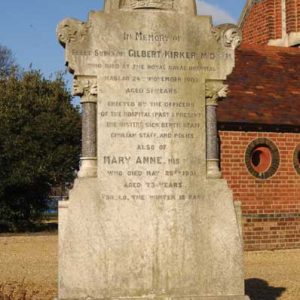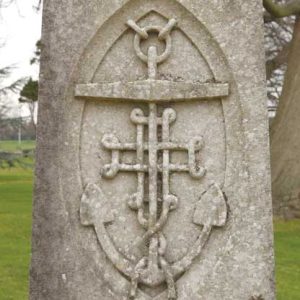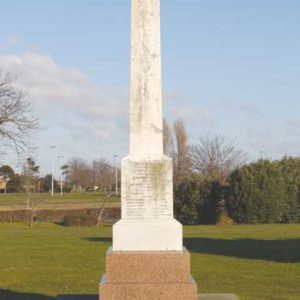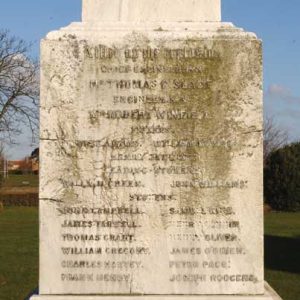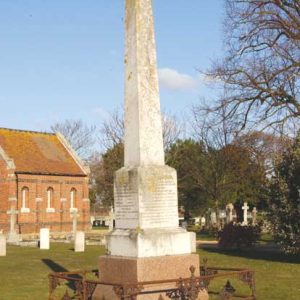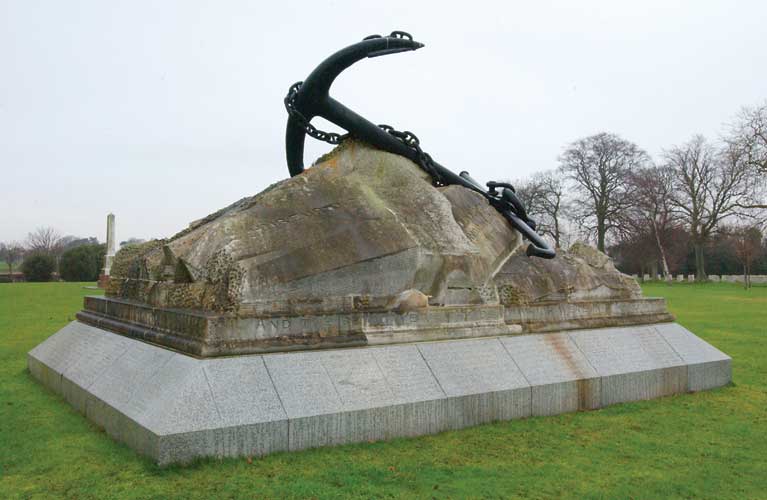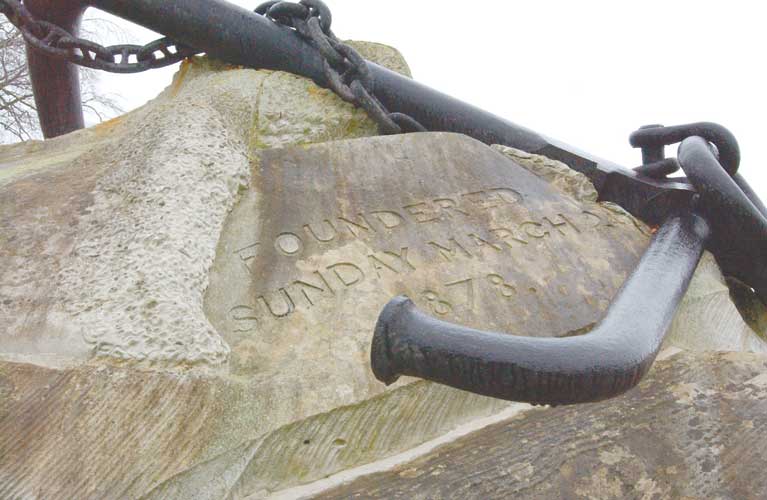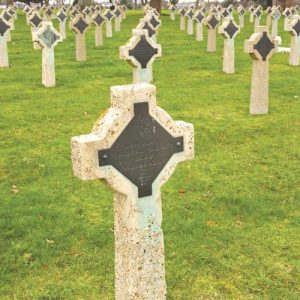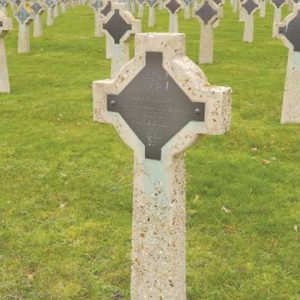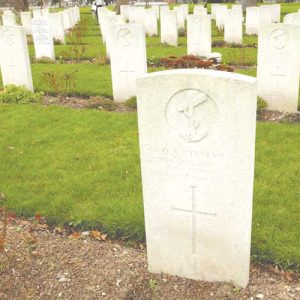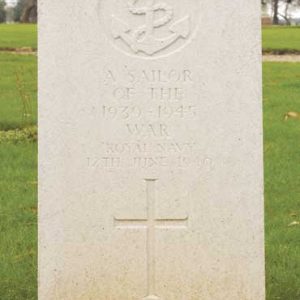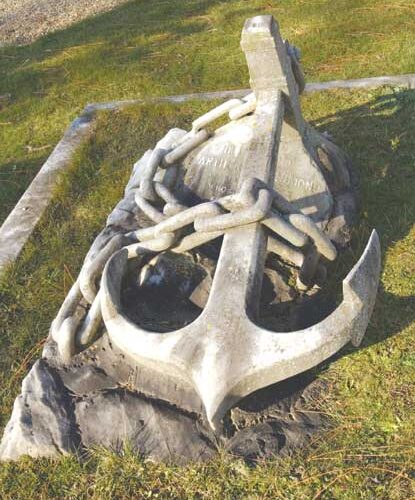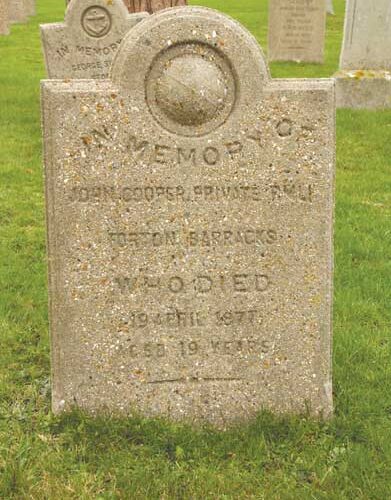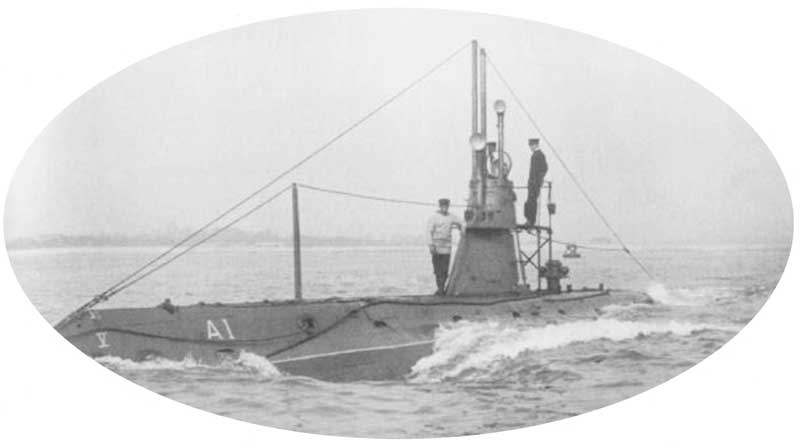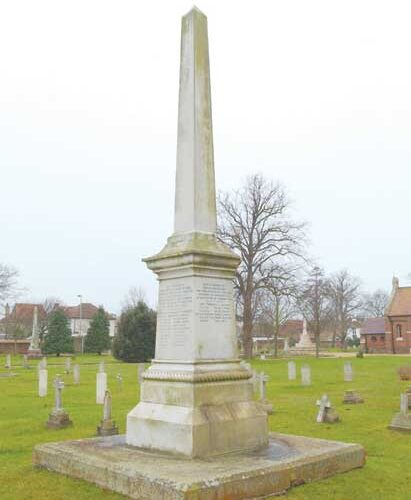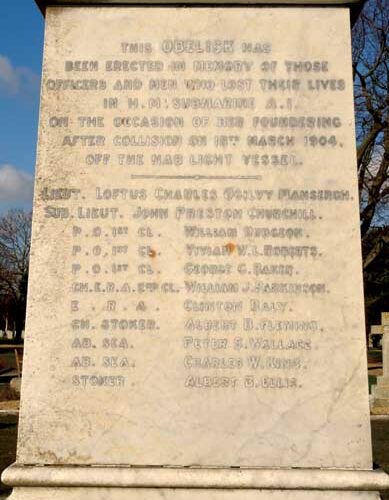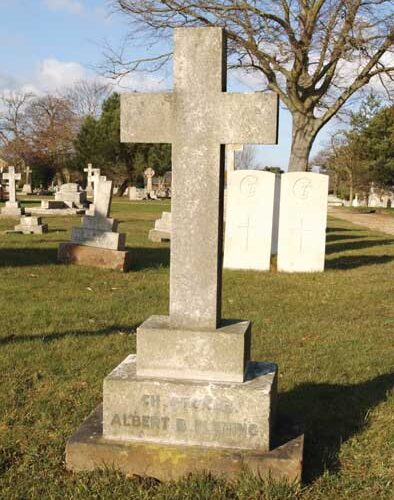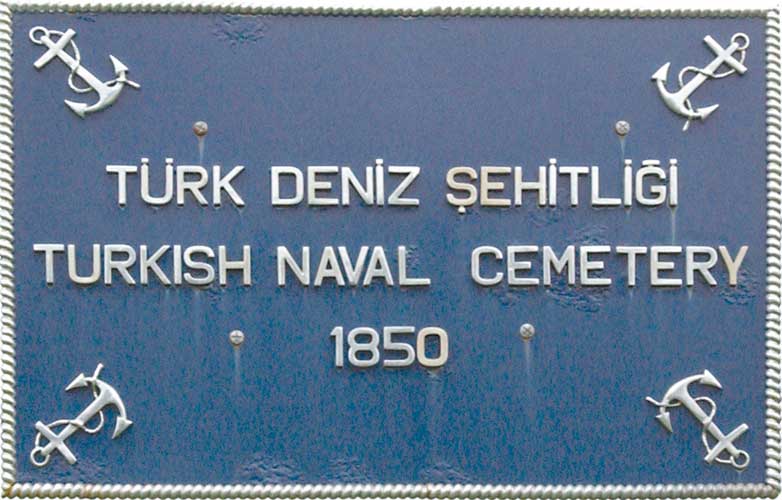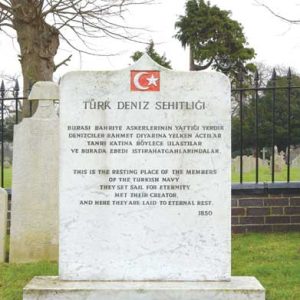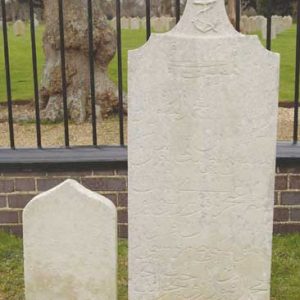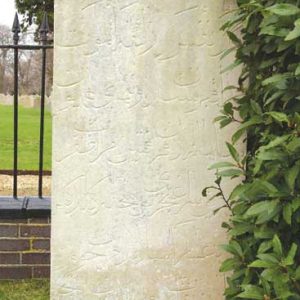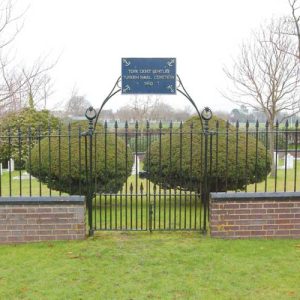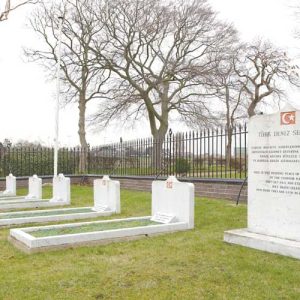In April 1859 the Haslar Cemetery closed and the Clayhall Cemetery was opened for the interment of Naval Personnel.
Here in these peaceful surroundings you will find the last resting place of over 1,500 British Sailors who died in the service of their country in two world wars and others who lost at sea in other conflicts and peacetime accidents.
One corner of this cemetery, a foreign field, is forever Turkish with graves of 26 Turkish Sailors.
Funeral processions left from Haslar for the cemetery but the band was not permitted to start the funeral march until entering Clayhall Road for fear of upsetting patients.
The road running the length of Haslar Hospital was called ‘Dead Man’s Lane’ or mile because of the number of funeral processions which travelled from Haslar to Clayhall.
HMS Archer Memorial
In Memory to the Officers, Seamen and Marines who died of Yellow Fever on the West Coast of Africa between 1864 and 1866.
HMS Thunderer Memorial
On the 14th July 1876, a steam boiler explosion killed more than 40 officers and sailors including the CO on board HMS Thunderer at Stokes Bay.
Zulu War Memorial
In memory of Sailors and Marines who were killed in action and died of diseases during the Zulu War of 1879
HMS Eurydice Memorial
On return from the West Indies HMS Eurydice sank on the 24th March 1878 in a freak blizzard, off Ventnor, Isle of Wight. With the sails still set and gunports open the ship sank in minutes with only two survivors from a crew of 364.
The loss of the Eurydice caused the Navy to abandon sail training and the day of the Man of war was over.
HMS Eurydice is reputed to still sail as a ghost ship, with regular sightings in the area in which she sank and in the 1930’s caused a Gosport Based submarine to take evasive action in order to avoid striking a full-rigged ship, which promptly disappeared.
Individuals
HM Submarine A1 Memorial
Sank off Isle of Wight after collision with SS Berwick Castle
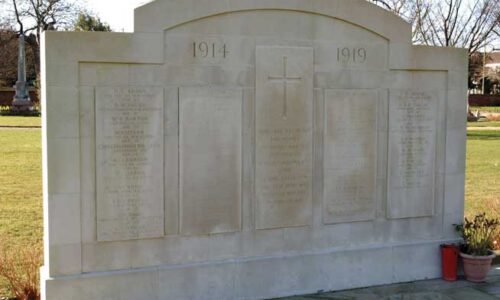
HM Submarine L55 Memorial
In Memory to the 42 Officers and Sailors of HM Submarine L55 sunk in the Baltic Sea on 9th June 1919.
Whose bodies returned for burial in 1928 and lie in a collective grave.
Graves of Turkish Sailors – 1850-1851
In November 1850, two ships of the Turkish Navy, the Mirat-ý Zafer and Sirag-i Bahrý anchored off the Hardway – Gosport. The visit lasted several months and during this time most of the members of the crew contracted Cholera and were admitted to Haslar Hospital for treatment, from those who were admitted most of them died and other sailors died because of training accidents. In total 26 died and were laid to rest in the grounds of Haslar.
At the turn of the 19th Century the bodies were exhumed and transferred to Clayhall Cemetery where they now lie in peace.
“They set sail for eternity and met their creator, and here they are laid to eternal rest.”

